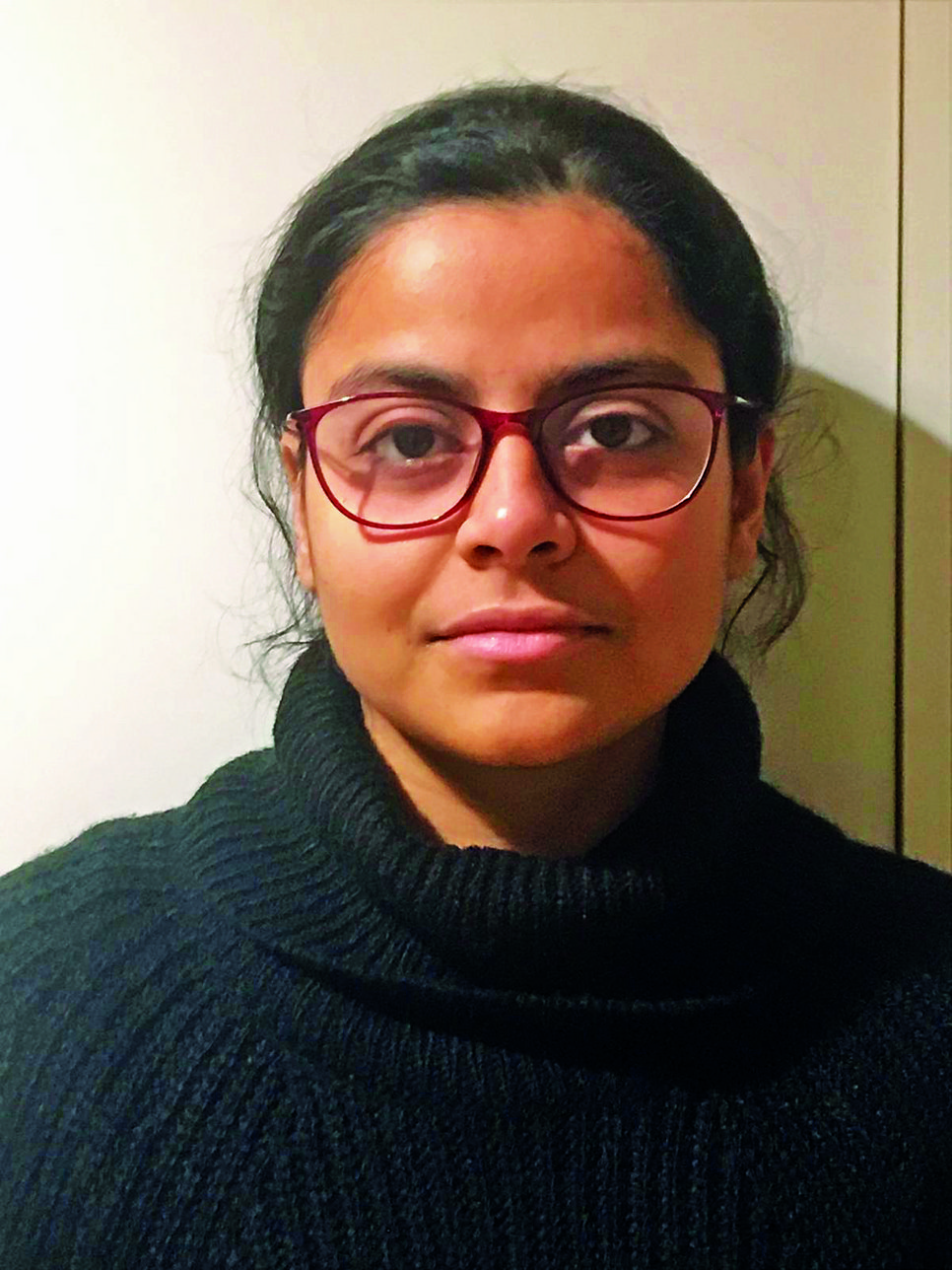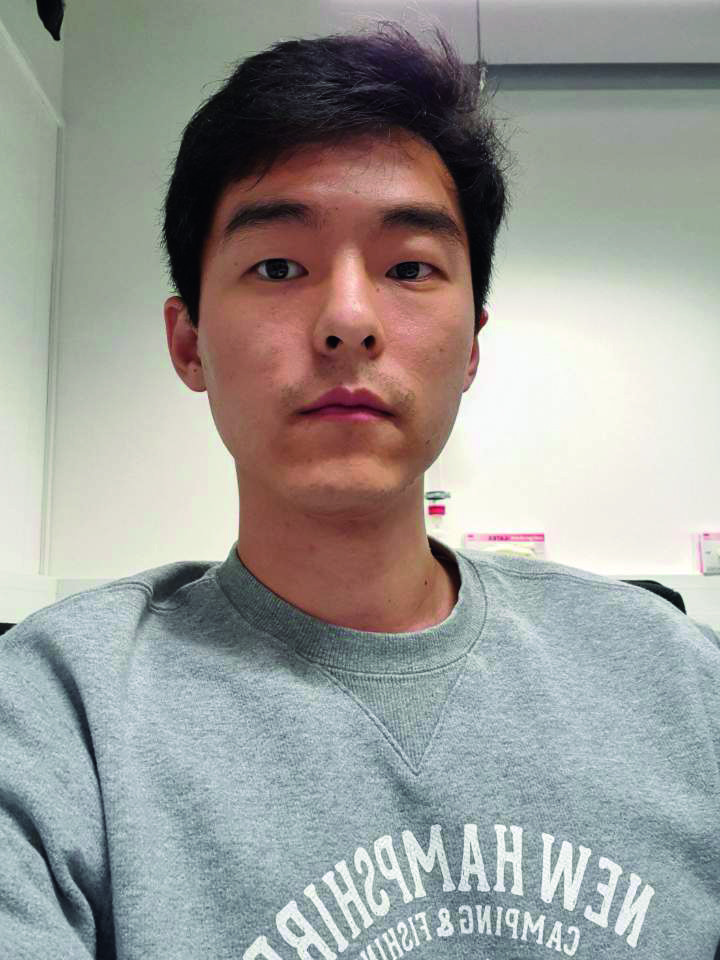Scientists at the MPIE

Dr. Poulami Chakraborty works at the MPIE as a postdoctoral researcher in the group “Computational Phase Studies” since 2018. Her research focuses on the thermodynamics of hydrogen in metals and its role in embrittlement. Moreover, she studies planar defects and precipitation kinetics in aluminium alloys. Before joining the MPIE, Chakraborty did her PhD in physics at the S.N. Bose National Centre for Basic Sciences in Kolkata, India.
She is currently working on several projects together with Dr. Tilmann Hickel and Dr. Baptiste Gault. Her projects are funded through the ERC-SHINE grant of Dr. Gault. The grant aims to gain insights into the role of hydrogen in hydrogen storage materials and hydrogen-induced embrittlement. Chakraborty deals with the theoretical aspects of these interactions by studying solute-hydrogen interactions at the atomic level. One of her current projects is about the thermodynamics and kinetics of planar defects in aluminium. Here, she studies the interaction of hydrogen with the segregation of solutes at the grain boundaries and their binding in precipitates. Another project involves the investigation of planar defects in zirconium and its hydride phases.
Selected Publications:

Se-Ho Kim joined the MPIE in 2018 after finishing his master program in materials science at the Korea Advanced Institute of Science and Technology in Daejeon, South Korea. He is currently doing his PhD in the "Atom Probe Tomography" group of Dr. Baptiste Gault.
In the framework of the ERC-Shine grant, Kim analyzes nanostructures including nanoparticles, nanosheets, and nanowires that are applicable in the hydrogen economy. He develops new methodologies to not only visualize the 3D morphology of these nanostructures but also measure their chemical distribution using atom probe tomography. This is specifically relevant, as trace impurities or dopants are often decisive for the functional properties of the materials. Kim also works together with the “Nanoanalytics and Interfaces” MPIE group. Together, they successfully quantified and located doped elements within as-synthesized nanostructures such as TiO2 nanowires and MoS2 nanosheets. They are able to show how the material’s synthesis affects the integration of chemical impurities, which in turn affect the performance of the nanostructures.
Selected Publications:

